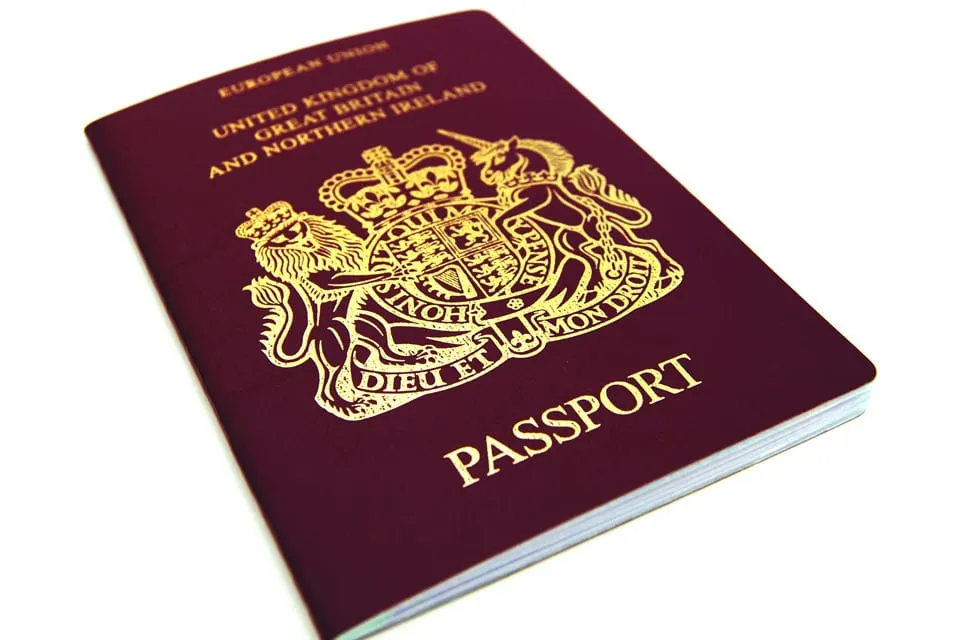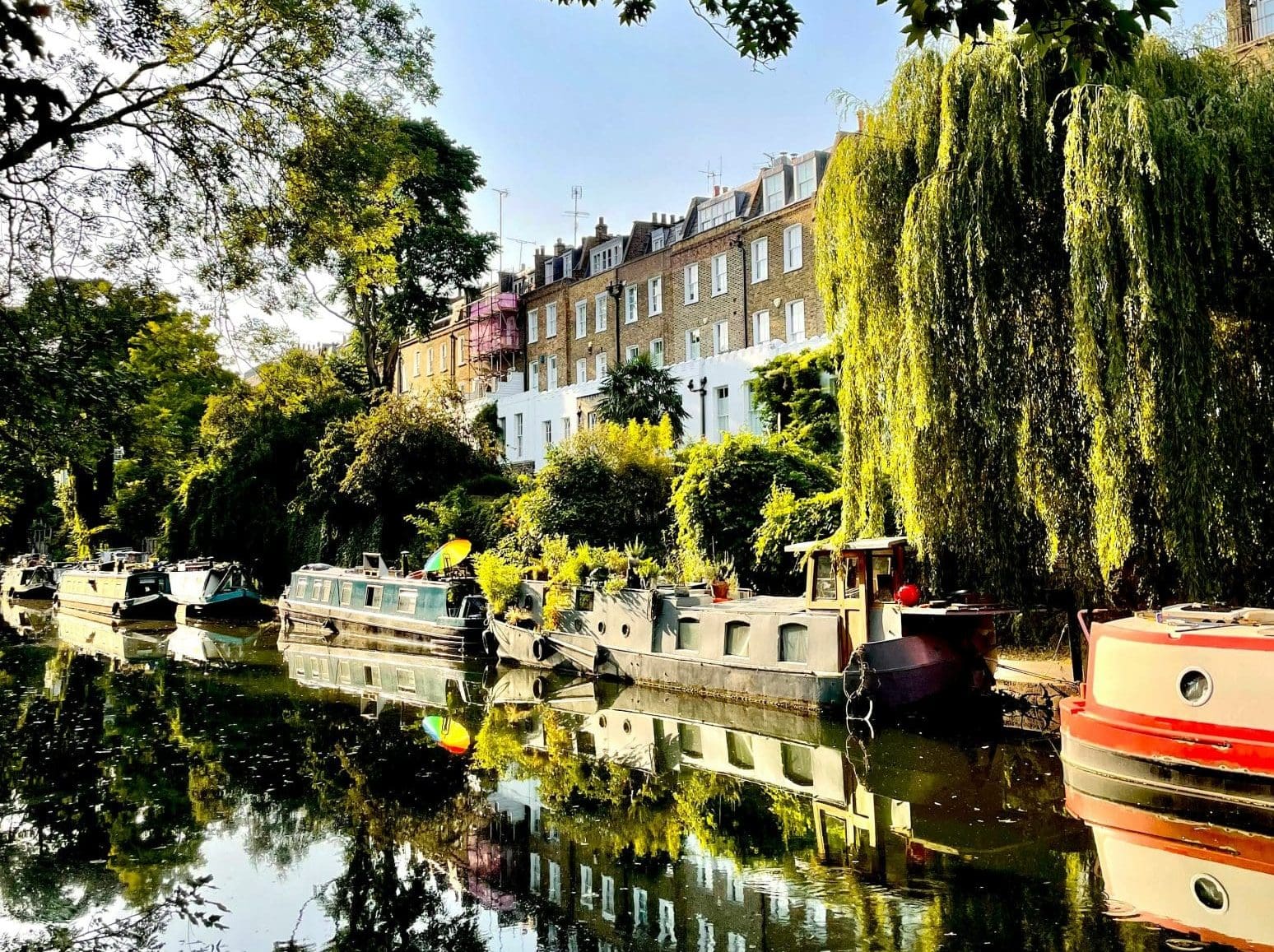What is the difference between a non-immigrant and immigrant visa?
A non-U.S. citizen ais required to hold the correct form of immigrant or non-immigrant visa in order to enter the country.
Call us on 0333 305 9375 for urgent support and advice with your visa or immigration query. Our qualified immigration lawyers are on hand to assist with your query.
Read our 1001 reviews
Key differences between US non-immigrant and immigrant visas
We are often asked what is the difference between an immigrant and a non-immigrant visa and the answer is that there are some key differences between the two.
All non-citizens who enter the United States will be designated as either an immigrant or a non-immigrant.
An immigrant is a person who comes to the U.S. for the purposes of settling there on a permanent basis as a permanent resident, and is usually granted a green card.
Depending on their situation, immigrants are generally allowed to live, work, travel, and study without many restrictions.
The visa applicant will often be sponsored by an eligible family member or employer.
Holding a green card or immigrant visa can be a route towards U.S. citizenship. There are over 32 categories of immigrant visas.
A non-immigrant is an individual who comes to the country on a temporary basis for a specific purpose, including tourism, medical treatment, travel, some business activities, temporary work, or study purposes.
These visas do not grant the holder a green card, and it is not a route towards U.S. citizenship.

What is an immigrant visa?
An immigrant visa allows for individuals to come to the U.S. for some specific purposes. There are approximately 12 steps involved in the process.
The steps in applying for an immigrant visa include:
- The petitioner submits a petition to USCIS
- The national visa centre processes the petition
- The applicant pays the appropriate fees
- The petitioner submits an affidavit in support of the application
- The petitioner submits the relevant financial documents
- The applicant completes the online application
- The application submits the relevant civil documents
- Both the petitioner and the applicant scan the documents
- Both the petitioner and the applicant submit the relevant documents
- The applicant prepares for their interview
- The applicant attends their interview
- The applicant awaits the decision on their application
There may be additional steps in the process depending on your personal circumstances.

Types of immigrant visas
Depending on your circumstances, you can apply for a visa that is the most appropriate for your situation.
Below is a list of the two main types of immigrant visa, family-based and employment-based.
Family-based immigrant visas
U.S. citizens may file a petition for an immigrant visa for the following groups of people:
- Your spouse
- Your daughter or son
- Your parent
- Your brother or sister
While U.S. lawful permanent residents (LPR, or green card holders) may file a petition for these categories of individuals only:
- Your spouse
- Your unmarried daughter or son
| Immediate relative | These visas are for individuals who have a close family relationship with a person who is a U.S. citizen There is no limit on the number of these visas issued per year |
| Family preference | These visas have been designed for certain categories of more distant family relatives. They include F2A, F2B, F3 and F4. There are quotas for each of these categories |
Employment-based immigrant visas
| Employment first preference (E1) | Persons with extraordinary ability Outstanding professors and researchers Multinational managers or executives |
| Employment second preference (E2) | Professionals holding an advanced degree Persons with exceptional ability |
| Employment third preference (E3) | Skilled workers Professionals Unskilled workers (other workers) |
| Employment fourth preference (E4) | Broadcasters in the U.S. Ministers of Religion Certain employees or former employees of the US government abroad Certain former employees of government or Panama Canal Company Iraqi and Afghan interpreters/ translators/ workers Certain foreign medical graduates Certain retired international organization employees Certain unmarried daughters and sons of international organization employees Certain surviving spouses of deceased international organization employees Certain surviving spouses of deceased international organization employees Special immigrant juveniles Persons recruited outside the U.S. who served in in the armed forces Certain retired NATO-6 civilians Certain unmarried daughters and sons of NATO-6 civilians Certain surviving spouses of deceased NATO-6 civilian employees Persons who are beneficiaries of petitions or labour certification applications Certain religious workers |
| Employment fifth preference (E5) | Immigrant investors |
What is a non-immigrant visa?
A non-immigrant visa is for individuals who wish to come to the United States for a temporary purpose.
The number of steps involved in applying for this visa depends on which category you choose. Some of the primary steps involve:
- Check if you need a visa to visit the United States (some countries are eligible for the visa waiver program, meaning a visa is not required for a short-term visit)
- Decide on the correct visa for your situation (to avoid breaching immigration rules, you should be confident that your purposes match the appropriate visa category)
- Apply for the visa (you may be required to submit supporting documents to demonstrate your eligibility)
If you are a citizen of an eligible visa waiver country and you wish to visit the United States, you may be required to apply for the Electronic System for Travel Authorization (ESTA).

Types of non-immigrant visa
| Athlete, amateur or professional (competing for prize money only) | B-1 |
| Au pair (exchange visitor) | J |
| Australian professional speciality | E-3 |
| Border crossing card: Mexico | BCC |
| Business visitor | B-1 |
| CNMI-only transitional worker | CW-1 |
| Crewmember | D |
| Diplomat or foreign government official | A |
| Domestic employee or nanny accompanying a foreign national employer | B-1 |
| Employee of a designated international organization or NATO | G1-G5, NATO |
| Exchange visitor | J |
| Foreign military personnel stationed in the U.S. | A-2, NATO1-6 |
| Foreign national with extraordinary ability in sciences, arts, education, business, or athletics | O |
| Free Trade Agreement Professional (Chile, Singapore) | H-1B1 Chile, H-1B1 Singapore |
| International cultural exchange visitor | O |
| Intra-company transferee | L |
| Medical treatment visitor | B-2 |
| Media, journalist | I |
| NAFTA professional worker: Mexico, Canada | TN/ TD |
| Performing athlete, artist, entertainer | P |
| Physician | J, H-1B |
| Professor, scholar, teacher (exchange visitor) | J |
| Religious worker | R |
| Speciality occupations in fields requiring highly specialized knowledge | H-1B |
| Student: academic, vocational | F, M |
| Temporary agricultural worker | H-2A |
| Temporary worker performing other services or labour of a temporary or seasonal nature | H-2B |
| Tourism, vacation, pleasure visitor | B-2 |
| Training in a program not primarily for employment | H-3 |
| Treaty trader/ treaty investor | E |
| Transiting the United States | C |
| Victim of criminal activity | U |
| Victim of human trafficking | T |
| Non-immigrant visa for spouse and children of a lawful permanent resident | V |
| Renewals in the US (A, G, and NATO visas) |
How can your immigration lawyers help me?
We offer the highest quality immigration services to clients who need assistance with their personal immigration objectives.
We pride ourselves on our tireless commitment to helping our clients achieve their goals, our expertise in the field of immigration law and our continuous support throughout the process.
No matter your query, we can assist with all forms of immigration cases. Whether you are looking to come to the United States on an immigrant or a non-immigrant visa, we can provide expert and timely support that helps you and your family.
Some of the services we provide include:
- Assess your eligibility for your chosen visa category
- Liaise with the family member or employer acting as your sponsor to assist with the petition to be submitted to the United States Citizenship and Immigration Services
- Assist with the preparation for your visa interview
- Engage with the United States Citizenship and Immigration Services on your behalf while your application is being processed
- Support you in gathering the required documents to accompany your application
- Complete the application form to the highest standard
As well as this article outlining the difference between an immigrant and non-immigrant visa, we invite you to consult the other resources available which may be of interest to you.
In addition to assisting with your initial visa application, we can also help you to apply for permanent resident status, and offer a wide range of immigration services, whether you have immigrant or non-immigrant visa classifications.
If you need additional support with any aspect of your application, contact IAS for immediate support and advice.
Our friendly and professional immigration advisers are ready to assist with your query.
Call 0333 305 9375 today.
Table of Contents
Table of Contents will appear here.Table of Contents
Table of Contents will appear here.Legal Disclaimer
The information provided is for general informational purposes only and does not constitute legal advice. While we make every effort to ensure accuracy, the law may change, and the information may not reflect the most current legal developments. No warranty is given regarding the accuracy or completeness of the information, and we do not accept liability in such cases. We recommend consulting with a qualified lawyer at Immigration Advice Service before making any decisions based on the content provided.















